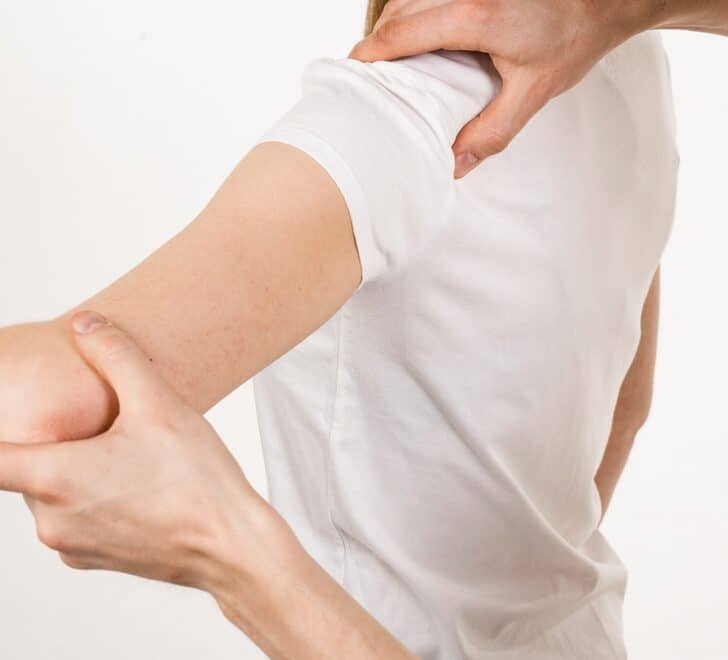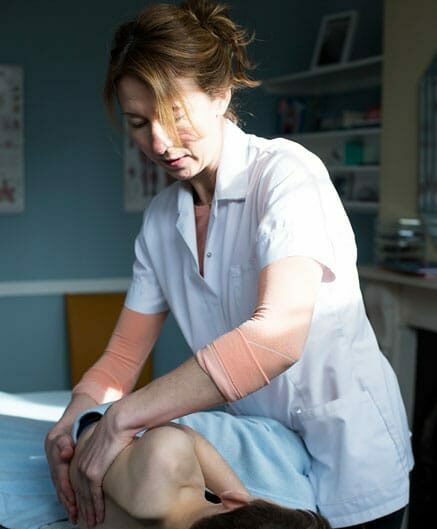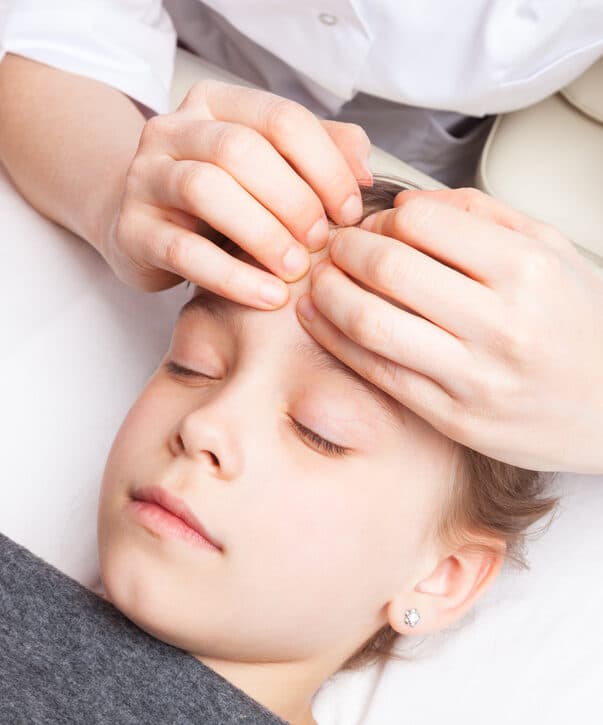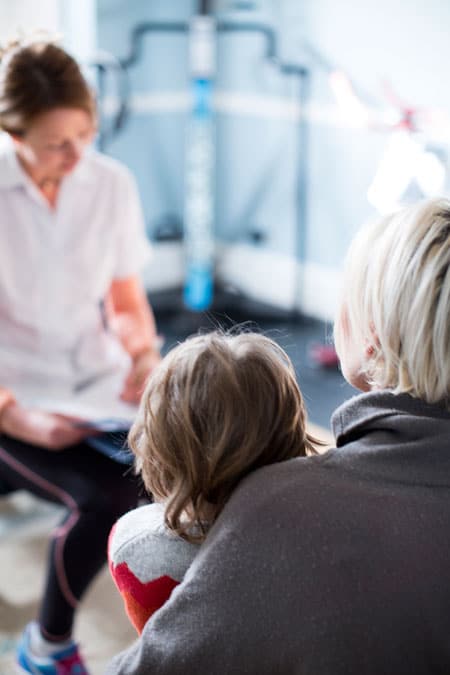Osteopathy is a system of diagnosis and treatment for a wide range of medical conditions. It works with the structure and function of the body and is based on the principle that the well-being of an individual depends on the skeleton, muscles, ligaments and connective tissues functioning smoothly together.
To an osteopath, for your body to work well, its structure must also work well. So osteopaths work to restore your body to a state of balance, where possible without the use of drugs or surgery. Osteopaths use touch, physical manipulation, stretching and massage to increase the mobility of joints, to relieve muscle tension, to enhance the blood and nerve supply to tissues, and to help your body’s own healing mechanisms. They may also provide advice on posture and exercise to aid recovery, promote health and prevent symptoms recurring.

Osteopathy involves a range of different physical therapy techniques including:
Through these techniques we aim to:
Osteopaths do not use invasive techniques or surgery, and we do not prescribe drugs.


There are two main types of osteopathy – structural and cranial – and I use both in treating my patients.
Structural osteopathy uses a range of treatment techniques including soft tissue massage, joint articulation and manipulation. It is mainly used for adults and older children suffering with musculoskeletal disorders.
Cranial osteopathy is a very gentle treatment approach and is used mainly when treating babies, young children and sensitive adults. After taking a detailed case history and examining the patient, specific yet gentle pressure is applied to the relevant areas of the head and body to release areas of stress and tension and allow the body’s inherent healing mechanisms to perform optimally.

Osteopathy can be used to help in a wide range of conditions including but not isolated to the following:

Although osteopathy is typically thought of as a treatment for physical ailments, there are many conditions which have their roots in musculoskeletal issues which osteopathy can also treat, such as neuralgia and migraines. To find out more about whether I can help, please don’t hesitate to book a free 15-minute consultation.
I’m an osteopath based in Hersham, Walton-on-Thames. I have 20 years experience in osteopathic practice and use a mixture of structural and cranial osteopathy to treat people of all ages for problems ranging from simple sprains and strains to chronic pain and complex conditions.
I am focused on your recovery. I provide ongoing aftercare post-treatment to ensure your condition continues to improve. I do not tie you into a long course of sessions and if you have not seen an improvement in your symptoms after 2-3 sessions with me I will refer you to a different healthcare professional for treatment.
To book an appointment or free 15-minute consultation or if you would like more information about what I do, please don’t hesitate to contact me.
Health insurance: please check the details of your individual cover
Your first appointment will last 45 – 60 minutes. During this time I will:
To book an appointment, get in touch and I will contact you to book you in.
We can also schedule a free 15-minute telephone consultation.
Emily Nathan
16 Keywood Dr
Hersham
Walton-on-Thames
KT12 5EH